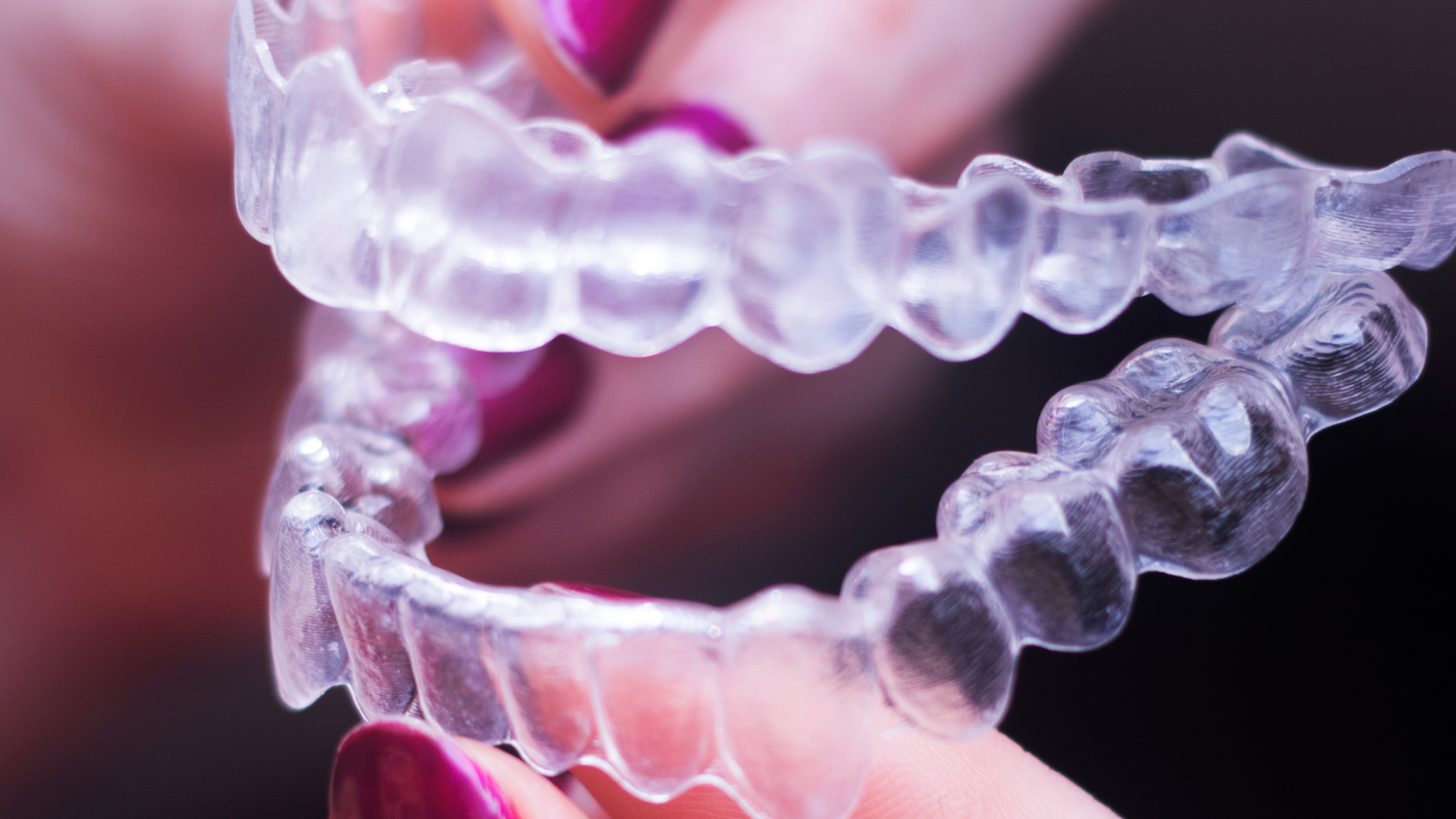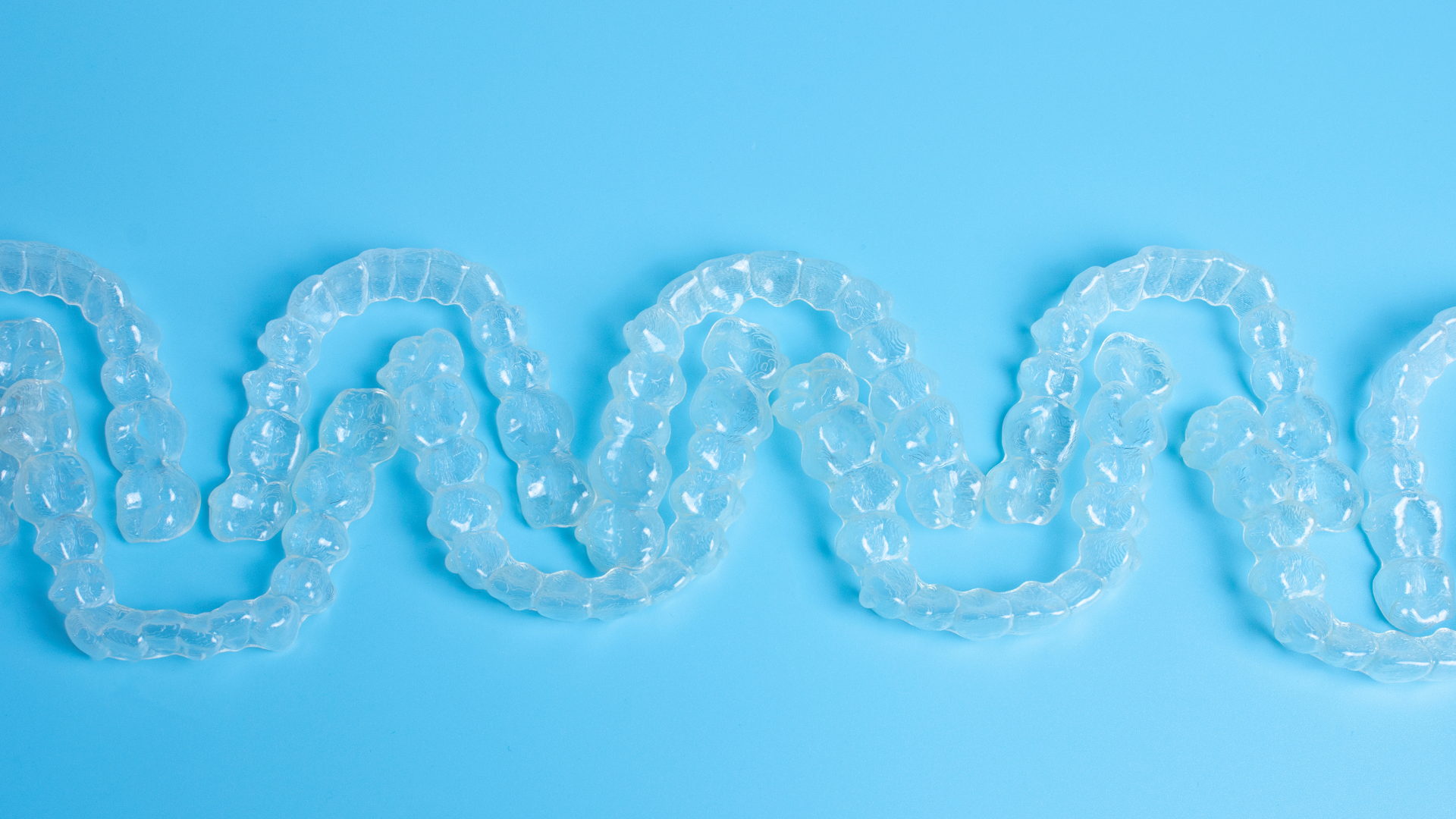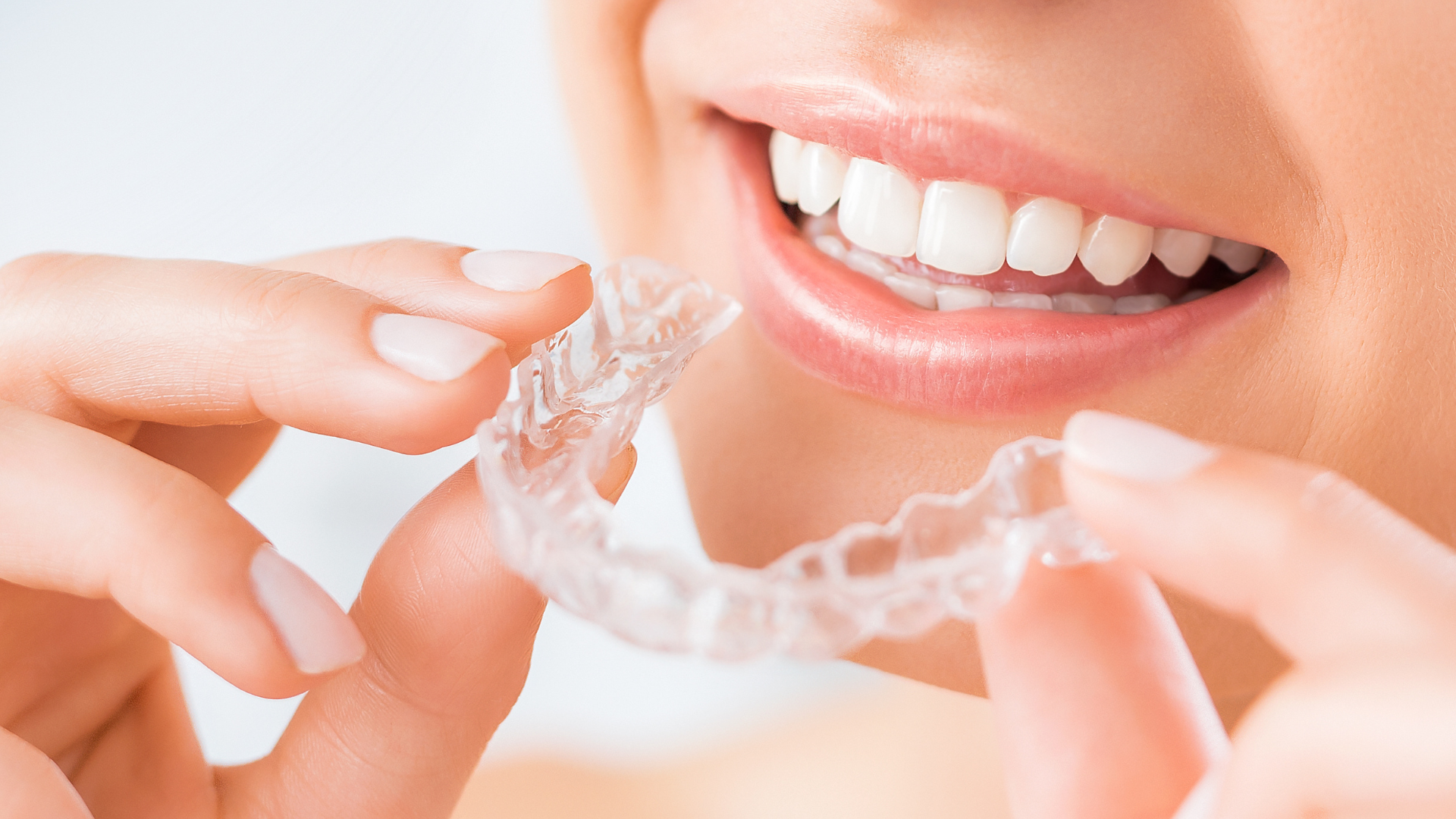Is a Cracked Tooth an Emergency? What You Need to Know
Understanding the Seriousness of a Cracked Tooth
A cracked tooth might not always cause immediate pain, but that doesn’t mean it should be ignored. Even a small fracture can worsen over time, leading to infection, nerve damage, or complete tooth loss if untreated. Whether you bit into something hard or had an accidental injury, recognizing when a cracked tooth is an emergency can make all the difference in saving your smile.
The Different Types of Tooth Cracks
Not all tooth cracks are the same, and the level of urgency depends on the severity. Craze lines are small, shallow cracks on the enamel that are typically harmless and require no treatment. Fractured cusps occur when a piece of the chewing surface breaks off, often around a filling. More serious cases include cracks that extend to the gum line or split teeth, which may expose the tooth’s pulp and cause severe pain or infection. Knowing which type of crack you’re dealing with helps determine whether it’s a true dental emergency.
Signs Your Cracked Tooth Is an Emergency
Sometimes, it’s not immediately clear whether a cracked tooth requires urgent care. However, certain symptoms should prompt you to call your dentist right away. These include:
- Sharp or lingering tooth pain, especially when chewing
- Sensitivity to hot or cold temperatures
- Swelling around the gums or face
- Visible fracture or movement of part of the tooth
- Bleeding or exposed inner tissue
If you experience any of these signs, treat the situation as a dental emergency. A timely visit can prevent more extensive damage or infection.
What Causes a Tooth to Crack?
Cracked teeth can result from many everyday actions—some more avoidable than others. Common causes include biting down on hard foods like ice or unpopped popcorn kernels, trauma from sports or accidents, teeth grinding (bruxism), and weakened enamel due to large fillings or aging. Even sudden temperature changes—like eating something hot right after drinking something cold—can cause microfractures over time. Understanding these causes helps you take preventive steps to protect your teeth from future cracks.
What to Do Immediately After Cracking a Tooth
If you suspect a tooth crack, the first thing to do is stay calm and protect the area. Rinse your mouth with warm water to remove debris and reduce bacteria. If there’s bleeding, apply gentle pressure with clean gauze. Avoid chewing on the affected side, and if there’s pain, use over-the-counter pain relief as directed. Applying a cold compress to the cheek can help reduce swelling. Most importantly, call your dentist as soon as possible—even if the pain seems mild.
Why You Shouldn’t Ignore a Cracked Tooth
It’s tempting to put off treatment when a cracked tooth isn’t causing much discomfort, but that’s a risky move. Cracks can widen with time, especially under pressure while eating. When bacteria enter through the crack, they can infect the pulp and cause an abscess, leading to severe pain, swelling, and even systemic infection. Early intervention can mean the difference between a simple filling and a full root canal—or losing the tooth entirely.
How Dentists Diagnose and Treat Cracked Teeth
Your dentist will use a combination of visual exams, bite tests, and imaging (like X-rays) to assess the crack’s depth and location. For minor cracks, treatments may include bonding or dental veneers to restore appearance and strength. More serious cases may require a dental crown to cover and protect the damaged tooth. If the crack extends into the pulp, a root canal might be necessary to remove infected tissue and prevent further damage. In extreme situations, extraction may be the only option—but early care can often prevent this outcome.
Preventing Cracked Teeth in the Future
While accidents happen, you can significantly reduce your risk with a few preventive measures. Avoid biting into hard foods or using your teeth as tools. If you grind your teeth at night, ask your dentist about a custom night guard to protect your enamel. Athletes should wear mouthguards during contact sports, and regular dental checkups can help catch small cracks before they worsen. Prevention is key to maintaining long-term dental health and avoiding emergencies.
Cost Considerations for Cracked Tooth Treatment
The cost of treating a cracked tooth depends on the extent of the damage and the required procedure. Minor repairs like bonding may be affordable, while crowns or root canals can be more costly. Many dental insurance plans cover part of the cost if the treatment is medically necessary rather than cosmetic. If you’re unsure about coverage, your dental office can help you verify your benefits and explore payment options to make treatment more manageable.
Example: Acting Fast Saves a Smile
Imagine biting into a hard candy and feeling a sharp twinge—only to notice a small crack later that day. It’s easy to dismiss, but within a week, that crack could deepen, exposing the nerve and causing severe pain. One quick visit to the dentist could have prevented infection and costly restorative work. Stories like these highlight why it’s crucial to act fast when a tooth cracks—even if it seems minor at first.
Related Resources
If you found this article helpful, you may also enjoy:
- The Do’s and Don’ts After a Dental Injury
- Lost a Filling or Crown? Here’s What to Do Before You See a Dentist
Both resources offer practical advice on handling dental emergencies and keeping your smile protected.
Final Thoughts: Don’t Wait to Protect Your Smile
So, is a cracked tooth an emergency? In many cases, yes—especially when pain, swelling, or visible damage is involved. Acting quickly can save your tooth, reduce complications, and protect your overall health. If you suspect you’ve cracked a tooth or are unsure about the severity, it’s always best to err on the side of caution. Reach out to our team today with any questions or to schedule an appointment—your smile deserves prompt, professional care.





